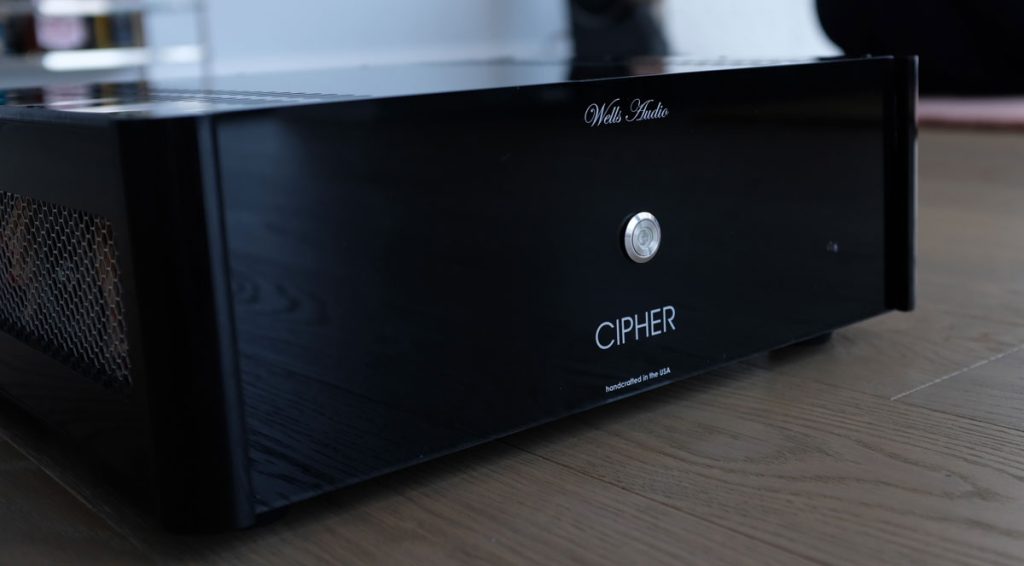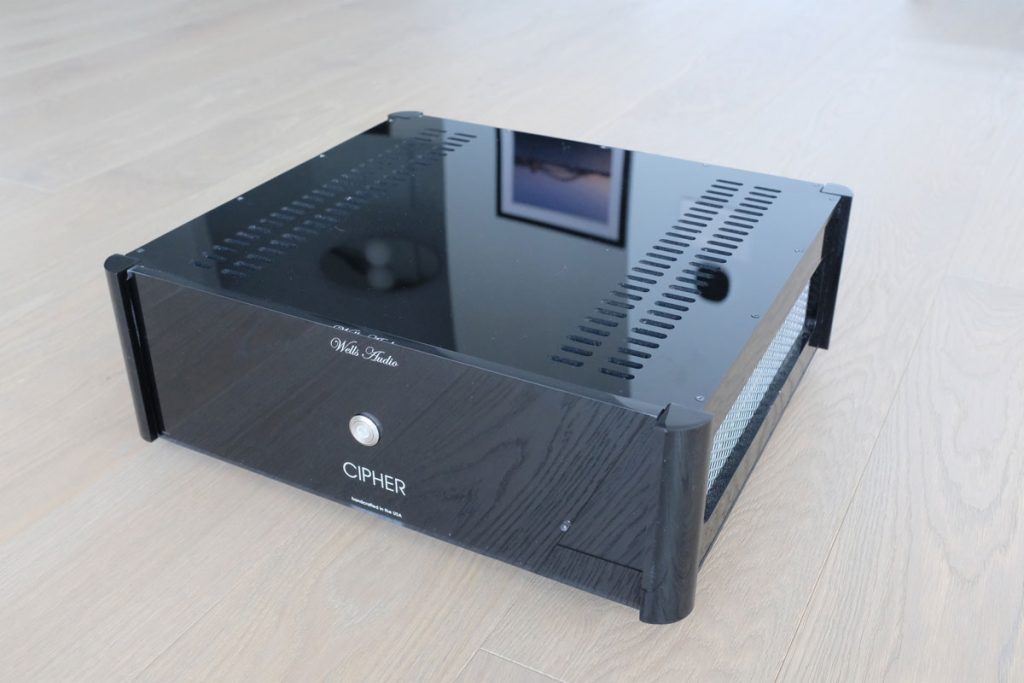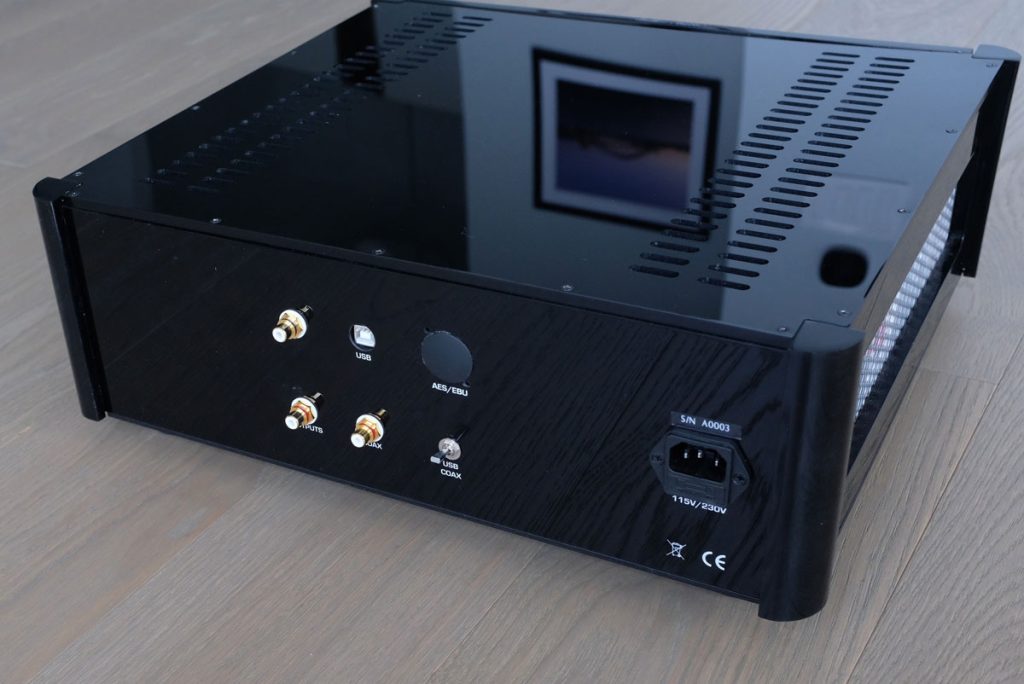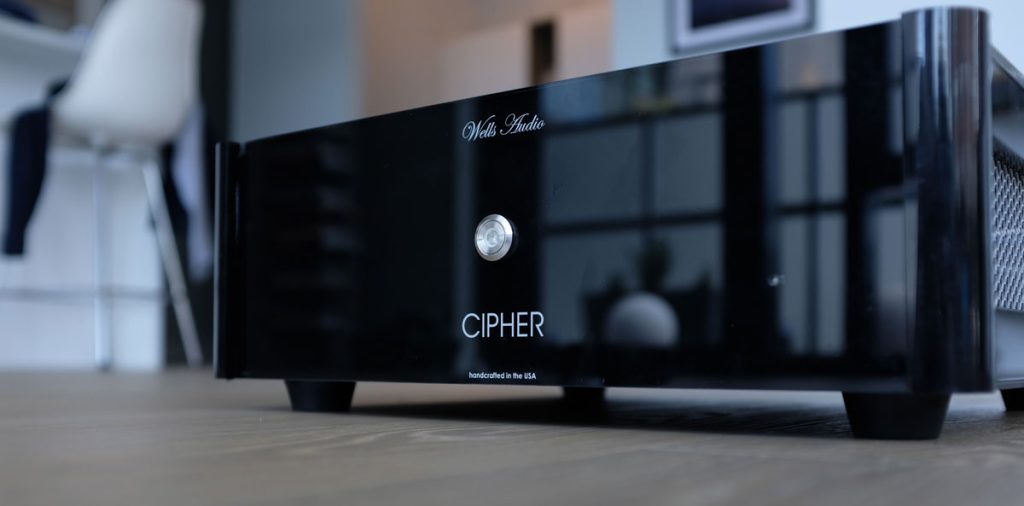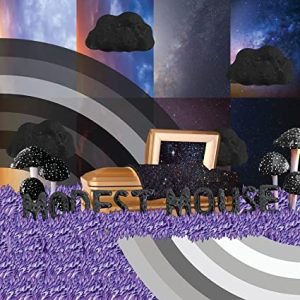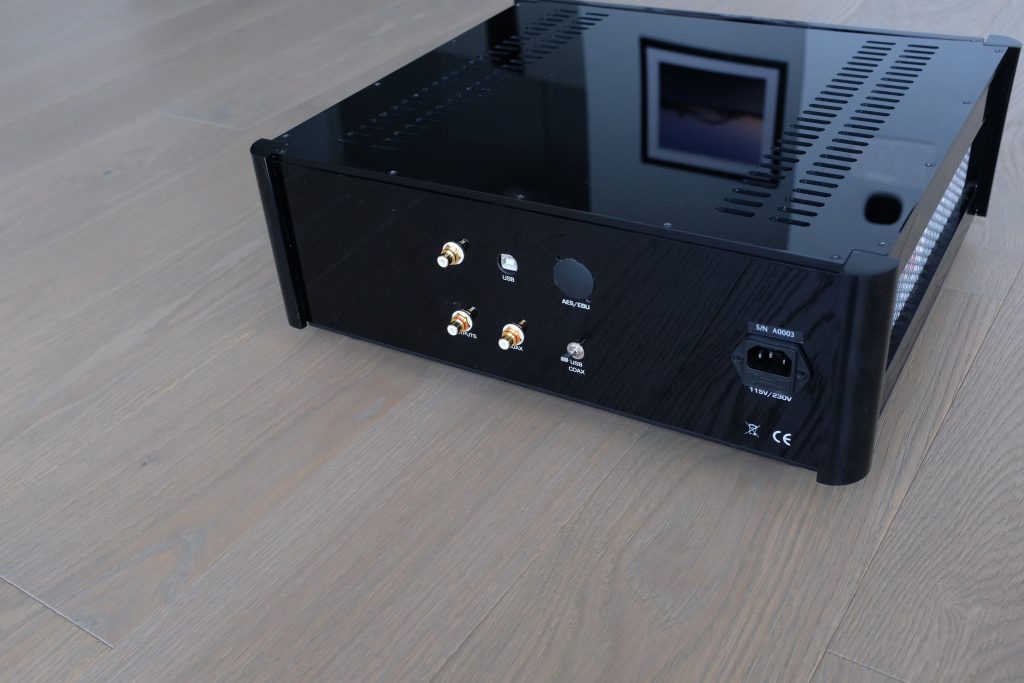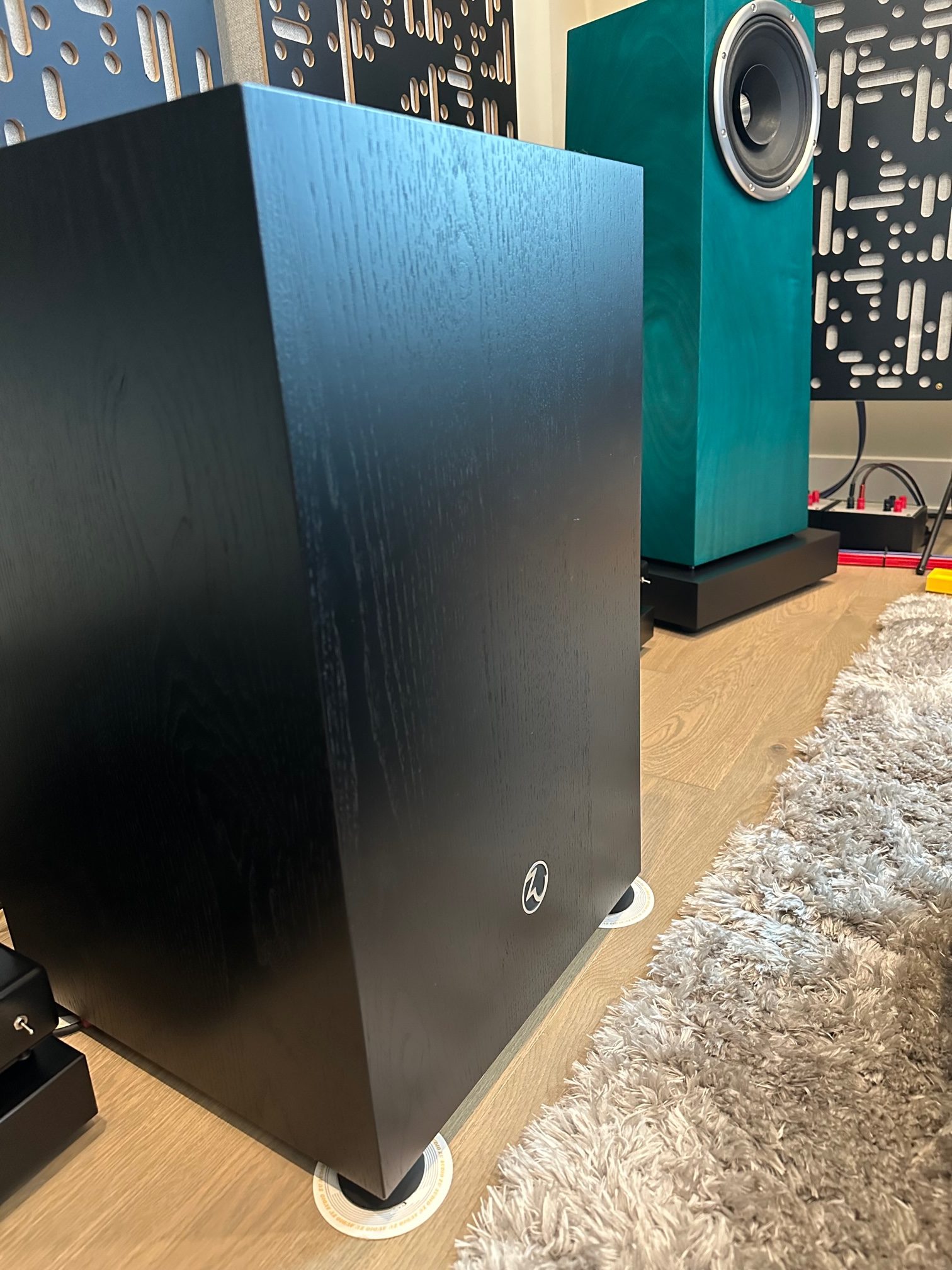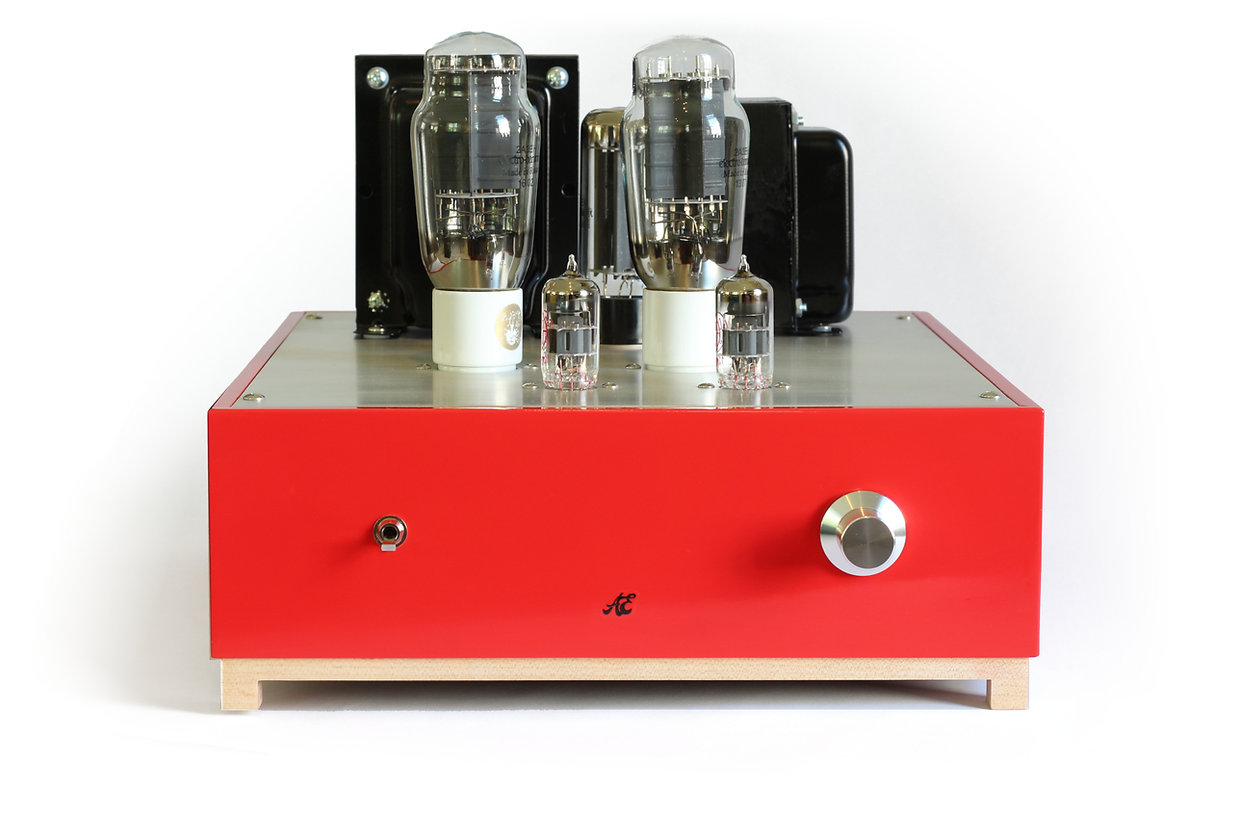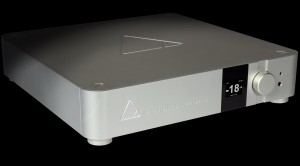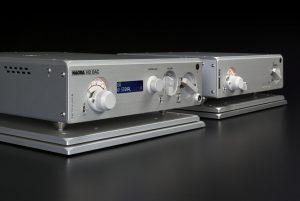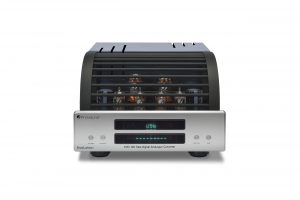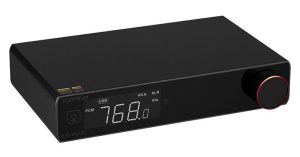My journey in high end audio started with Digital to Analog converters (DACs). The first piece of audio gear I bought was a Yulong D100 DAC/Headphone amplifier. Since then I have listened to 30+ different high end DACs ranging from $100 to $25,000+. During this process, I discovered that my personal tastes lean towards DACs that are neutral or neutral warm.
It is rare that I want components in my system to be truly neutral. Typically, I like warmer sounding systems. I like things that make your toes tap, and while neutral is good, I also tend to find neutral boring.
However, DACs are one of the only components that I specifically go out of my way to prioritize neutrality. The idea being that a neutral DAC can be dressed up or down via warm or bright components in front of it. However, a warm or bright DAC is more limited in the components that it can be matched with.
This had led me to avoid DACs based on the ESS Sabre chipset (as I tend to find them brighter rather then neutral). I also tend to avoid tube based DACs because most implementations that I have listened to are very warm, and tend to be noisier. Now there are exceptions to every rule. For example, AURALiC's Vega G2 is based on a custom ESS Sabre DAC chip and is exceptionally implemented, producing a sound that is just warm of neutral to my ears.
Today we will talk about another exception to both of my usual rules, the Wells Audio Cipher, which uses both a tube output stage as well as ESS Sabre chipset. To cut to the chase the Cipher was incredibly enjoyable DAC to listen to, and has become my new recommendation for full sized DACs in the under $10,000 price point. Keep reading to find out why.
A Introduction to the Wells Audio Cipher
The Cipher comes in a nice black case with an acrylic front panel. The sides are mesh, which gives breathing room for the tube output stage. The back of the DAC has digital Coax, I2S, as well as USB in. The design of the Cipher is single-ended, which I really appreciate as someone with all single-ended equipment. You can also add an AES balanced digital input as well. The Cipher supports nearly all possible input sample rates, handling PCM up to 384kHz, DSD, and up to 512 DSD.
If you are looking for a built-in streaming input, balanced outputs, or a plethora of digital inputs, the Cipher is likely not for you. In comparison to a lot of the DACs I have had in my system over the last few years the Cipher is refreshingly simple. It has a power button, an input, and a toggle switch to select the input. To be clear, I am a big believer that simple is good. Don't get me wrong, I love to choose my digital filters and output voltages, but then I find myself spending hours trying to find the best combination. I really appreciate manufacturers that are confident enough in their default settings, to simply say, "this is the right way to listen to my product" and leave it at that.
Throughout this review I had a chance to talk to Jeff Wells, the owner of Wells Audio. I asked him to tell me about how this DAC came to life. Up until this point I was under the impression that Wells Audio's expertise was in analog design, not digital. Jeff could not agree more. At the end of the day his expertise is in the analog domain. His team has shown that expertise with both their amps and preamps. Their Commander Preamp received rave reviews (stay tuned as I am currently reviewing a Commander). However, Jeff wanted to build a great DAC. A DAC is a sum of two parts, the first is the DAC chip itself where the literal digital conversion, and the second part is the analog output stage.
The analog output stage of the DAC is, in my opinion, often times more important than the DAC chip itself. Today modern DAC chips have made high quality digital to analog conversion available to nearly any company, and anyone. However, the thing that truly separates great DACs from the rest of the crowd is the analog output. So, Wells Audio, knowing what they knew and what they didn't, went out and found themselves a digital engineer and worked with that engineer to build a DAC board around the ESS SABRE PRO 9038 DAC chip. This is the top of the line DAC chip from ESS, and is considered to provide one of, if not the lowest noise floor (-130dB per channel) and incredible detail.
I asked Jeff, other than the performance of the ESS SABRE 9038, why did he chose to implement using a chip based DAC instead of an FPGA based design? He answered by talking about the future upgrade path for his customers. ESS comes out with new DAC chips every 2—4 years, and each one is a jump in performance. The interior of the Cipher is completely modular, and the digital board is separate from the analog output stage. This will allow him to offer his customers DAC upgrades in the future, minimize design complexity, and ensure his customers get access to the newest technology quickly once it is available.
Both as a reviewer and consumer I really liked this answer. I like FPGA based DAC implementations, but the only way they are successful is when you have a digital engineering team focused on iterating the software that defines the FPGA configuration. Similarly, these designs lead to eventual obsoleteness, or a high cost of upgrade, due to the complexity in working with FPGA implementations. However, what Wells Audio has done is create a modular solution that allows them to provide a clear upgrade path, and minimize the complexity of delivering that upgrade path. We will have to see how this pans out in the future, but because of this choice, customers will hopefully be able to enjoy their Cipher for years to come.
Switching my attention from the digital side of the DAC to the analog output stage, Jeff really delivered with the Cipher. The output stage is more or less the same output stage as his Commander Preamp, and is based around the 12BH7 dual tripod. The 12BH7 is an extremely linear triode, and in using one the goal is to impart the emotional aspects of a triode (and some second harmonic distortion which is a good thing) to produce an output that is both incredibly linear, but not dry. As I mentioned above, traditionally I avoid tube-based DACs because I find they introduce noise, however, I found the output stage of the Cipher dead silent after warmup, which is incredibly impressive.
Looking inside the Cipher, you have a modern take on tube output design. Multiple discrete power supplies, voltage regulators, timers to enable the tube to warmup, and other things that make owning the Cipher no different than owning a solid-state DAC in practice. It is clear that every decision within the Cipher's analog design was based around the idea of trying to make a circuit that sounded great, but was also incredibly quiet and well behaved. I am happy to say Jeff really achieved this.
Review System
All components in the review system were broken in for at least 200 hours. The Cipher had over 600 hours of burn in at Wells Audio before it was sent to me.
- Music Source: Roon Server, AURALiC Aries G1, Raspberry Pi
- Amplification: ampsandsound Nautilus, ampsandsound Rockwell
- Headphones: Hifiman Susvara
- Speakers: Custom built horn loaded, 98db/w efficient
- Cabling: Wywires Platinum
- Power Conditioning: PS Audio P12
- Other DACs on hand: Chord Dave, Chord Hugo 2, DCS Rossini, Mytek Brooklyn (discontinued model)
All listening was conducted using the USB input, and critical listening was done using the Aries G1 as a USB source. I found little variation in USB sources which speaks to a well-designed USB input. While I tested Coax digital in, I did not use it for regular listening.
Listening to the Cipher was an incredibly enjoyable experience. It produced well defined soundscapes that were both deep and dynamic. Its sound is neutral to neutral warm, and provides no additional coloration than my other reference DACs, which again is a good thing in my mind.
When I talk about DACs I tend to try and describe the way they present the soundstage. My descriptions use two words. The first is "painting," which is meant to convey a softer presentation that is texture and well defined, but ultimately is a painting. It looks great, but it may not be as sharp as a picture, and there may be some creative interpretation though, out the soundscape. The other way I describe DACs is with the phrase "etching." Etching is the opposite of painting. It suggests that the soundscape is a piece of rock or glass, and that the DAC is essentially cutting the rock or glass to create the image in front of you. Unlike painting, lines are clearly defined in etching, placement is clear, but it is also a forward and more energetic sound, harder, sharper.
I tend to find that ESS based DACs have a sound that I describe closer to etching than to painting when it comes to how they present the sound stage. The Cipher is not an exception to this. It etches the sound stage in front of you, with incredible detail, space, and depth. While the Mytek Brooklyn does this as well, I find that the Mytek is drier and more forward in its presentation. This creates too much of a good thing depending on the recording. Said a different way, give the Brooklyn the wrong material in the wrong signal chain and it can sound overly sharp and bright to my ears.
Unlike the Brooklyn, the Cipher never sounded overly harsh or dry to my ears. I assume that a big part of the reason why is Jeff's output stage. I found that every recording has a minimum amount of body or weight. This weight when combined with the extremely detail of the ESS chipset balanced the sound and created something really special.
Listening to Mika's Live at Brooklyn Steel, "Tiny Love" felt particularly enchanting. While the album takes place live in the theater, that song is sung in a more intimate way. With a really high-quality DAC you get the sense of the space around him from the subtle echoes, but his voice will remain locked in center stage, and focus is be entirely on him. On lesser DACs you will lose the sense of space around Mika, and it is possible to forget that this is a live album. I am really happy that the Cipher delivered that sense of space in spades. At no point was the additional detail overwhelming, it simply felt like a rendition of a real space. In my DAC collection only the Dave, the DCS, and now the Cipher have been able to achieve that balance.
I found the Cipher to offer excellent drive from its single ended outputs, and was able to drive both of my single ended tube amplifiers with ease. Plugging in my Susvara into the Nautilus and turning the volume up to 100% revealed no background noise from the Cipher. Initially I did hear a little, but after waiting another 30 seconds for the 12bh7 to stabilize any traces of noise vanished. What was left was a dark and inky background. Dynamics were explosive and on par with some of the better DACs I have heard, with the song "Tomorrow" on Mika's live album coming to life like they should.
Complex and less than stellar recordings both worked well with the Cipher. Listening to Modest Mouse's The Golden Casket was enjoyable, silly, and thrilling experience. Bringing back Liz Phair's less then perfectly recorded Whip-Smart resulting in a listenable experience with the Cipher's drive and warmer characteristics making "Supernova" as enjoyable as it can be. Contrasting this with some of the other DACs that I have on hand I find that Liz Phair album unlistenable on my Chord Hugo 2 as well as my Brooklyn. For me both these DACs lean brighter and are extremely detailed which hurts their performance with poorly recorded music.
In my collection of DACs, I found that I have two types of space presentations. The Chord and DCS DACs paint wide sound spaces that surround you when using headphones. Where the Brooklyn, Cipher, and from memory the Vega G2 create sound stages that sit directly in front of you when listening with headphones.
The stages produced by the Cipher are proportioned more similarly to model. You can almost reach out and pick up. They are fully contained, replicated to the smallest detail, but they are none the less a model, scaled down from the original.
This would be my only complaint with the Cipher, I prefer DACs that envelope me in sound. Spatial cues may not be perfect, but I find this type of presentation more engaging. However, the model-based sound that I am describing is not bad and should not be read as bad. It is simply different. In this sound stage presentation, spatial queues are always exact and well represented, there is always a clear picture and a clear placement of details. This means though, on headphones the stage is scaled down to be as wide as the space between your ears, which makes things feel smaller.
Listening on speakers placed the stage squarely between the left and right speaker, with some elements extending beyond the speakers but over 90% being contained within. Contrast this with the Chord Dave or the Hugo 2 and you end up with more extension beyond the speaker boundaries but far less depth.
In my collection, only the DCS Rossini is capable of delivering a room enveloping soundscape that is also precise. In my experience so far, outside of DACs that are well north of $10,000, soundscape presentation is a choice with preference driving which you will want to choose. At the Cipher's $5000 retail price, I found its performance in this area to be excellent when compared to other DACs that present this way.
Buying a DAC, especially one that has a cost greater than $2000 is hard. It is hard because DAC technology is always changing and as you look for high quality DACs north of $2000 they either have to perform perfectly, or you need to have a clear understanding of what your upgrade path in the future will be.
What I really appreciate with Cipher is that Jeff has thought through that upgrade question which is not a given at the $5000 price point. For example, Chord DACs are not field upgradable, and there are few chipped based DACs that have been designed to allow for future upgrades.
While we need to all be cautious when a manufacturer says "I will offer upgrades in the future," Wells Audio has a history of delivering on upgrades for its existing customers on the analog side of things. Therefore, I am willing to consider the possible future upgradability of the Cipher and a major benefit of owning one. Combine that with excellent subjective performance, great imaging, superb detail without being overly analytical, and a quiet background and you can see why I have come to really enjoy the Cipher.
Due to the above, the Cipher has become my recommendation for a full-sized DAC under $10,000, assuming that streaming capabilities are not a must for you. If you have a good USB source, and a system that is designed around single-ended components the Cipher will fit in and based on my experience will scale to systems with a total cost of $35,000 or possibly more. Simply put, great work Jeff, the Cipher is everything you told me it would be, and more.
Chiper DAC
Retail: $5000
Wells Audio




